Bridges: What sparked your passion for photography?
Killoran: I have had a life-long interest in art and photography going back to my college days. However, career and family responsibilities intervened as well as moving to Japan some 30 years ago. In the past, I have dabbled in hobbyist photography including darkroom film processing. With the advent of digital photography I found a renewed calling to once again take up the pursuit of my creative urges by becoming a professional photographer.
Much of my work centers on business headshots and portraits. I equally enjoy the two stages of ‘taking the photograph’ (camera) and the ‘making the photograph’ (post production processing). More than ever we live in a world dominated by visual imagery. I feel inspired to make my contribution with professional and appealing images.




What challenges do photographers face in the digital age?
Basically the problem for most professional photographers today is that the art of photography has lost its mystique. The world is saturated with various visual media and so many people have excellent miniaturized capture devices built into their smart phones. While people can take reasonably good photos on their phones they tend to devalue the idea of investing in professional quality photos for themselves.
This makes it a challenge for photographers to obtain a decent rate for their work. Stock photography is also a another big challenge to convince users that paying extra for bespoke images in creating their own branding is much better that seeing the same ‘staged’ images across multiple unrelated websites, etc.
How important are strong corporate images for companies looking to ‘sell’ their products and services?
I am regularly amazed when I see companies promoting concepts like ‘service quality’, ‘highest standards’, ‘customer focused’ in their mission statements and yet their visual images run counter to those ideals.
With the advent of digital photography I found a renewed calling to once again take up the pursuit of my creative urges by becoming a professional photographer.
Dermot Killoran
Firstly, do they have images of the executive team? People do business with people and the most important concepts to get across should be ’trustworthy’, ‘approachability’ and ‘reliability’. To establish successful corporate relationships these are fundamental values to develop in the mind of a prospective client.
Yet, in so many cases you cannot know who are the ’team’ and when photos do appear, they can often be haphazard and lack a sense of consistency or unity of management. Some companies know the importance of it and do it very well! Unfortunately, others fail to recognize the value and consequently the potential business opportunities they may be missing out on.
For business individuals their public image may be on social media sites like Facebook and Linkedin. Too often they rely on grabbing a poorly chosen photo from their phones to upload as their profile image without carefully considering just what kind of impression that image is conveying to the public? I think the saying that ‘you only have one chance to create a first impression!’ is really meaningful! It’s a concept I frequently remind clients when working with them when we are working together to capture their ‘best image of themselves’.




What opportunities do you see for ‘corporate Japan’ to improve its image and creative capabilities?
Language and cultural issues often suggest that Japan is difficult to understand or remote from some of the norms of the global business world. There is the tenancy by much of the outside media to over focus on obscure and weird aspects of Japan. This creates the impression of Japan being a difficult place to do business. Japanese corporates on the other hand can be restrained by ‘cross-cultural’, ‘language’ & ‘groupthink’ issues. The business of ‘Bridges in Japan’ contributes a highly valued promotional service that is uniquely sensitive to the Japanese business style.
This has a clear focus that raises Japan’s profile in a global world founded on the basic principle of ‘people-to-people’ relationships. Thus being able to understand Japan’s needs in this regard is a valuable solution to creating a Bridge that connects the world to Japan! These connections do require relatable and contemporary imagery and on-going business support.


